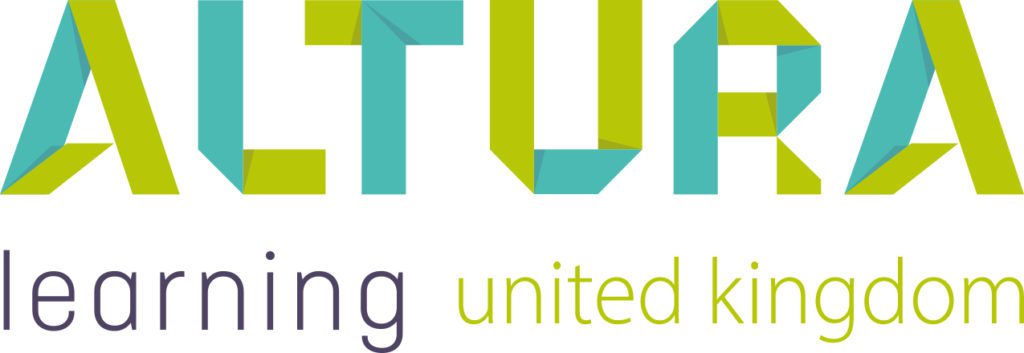Home | Altura Blog |
Proactive vs Reactive Training
April 25, 2022 | Altura Blog
Providing effective staff training is one of the keys to retaining good staff. The right training, delivered at the right time, can lead to huge ongoing benefits, such as increased job satisfaction, a boost in employee morale, higher productivity rates and reduced staff turnover. Organisations can benefit too, from increased capabilities, improved business outcomes and better customer satisfaction rates.
The secret is in knowing which training to provide and when.
Proactive and reactive are two approaches to training that an organisation might offer their staff – and both address specific needs.
What do we mean by proactive and reactive training?
Proactive training is training that is in advance of a need. For example – enhancing an employee’s professional development so they can work across different roles.
Reactive training is often known as the training to “put out fires”. It’s in reaction to something, such as an issue or accident that has happened. Reactive training often occurs too late. However, it’s not all negative and there can be benefits, such as dealing with and learning from a real need, rather than a hypothetical situation.
It’s well known that many organisations have tight training budgets and therefore it’s not always feasible to implement proactive training in advance. However, the reality is that proactive training – by being prepared in advance – could prevent an issue or accident from occurring in the first place with a ready-to-proceed, well-equipped and agile workforce.
How to swap reactive for proactive training…
The key for any training implementation is to identify your organisational training needs. A Training Needs Analysis (TNA) can help with this and will:
- Identify gaps in the workforce, knowledge, skills or behaviours
- Recognise how the training fits in with your organisational objectives and Key Performance Indicators (KPI’s)
- Support long term training plans and therefore, the required budget in advance
- Ensure the right people receive the training
- Prioritise training, ensuring your staff receive the right training at the right time. For example if you have a new service user joining in a month who requires support with Enteral Feeding; it makes sense to have staff trained in advance of their care starting.
- Help to build a training plan that is beneficial and cost effective
Here are Altura Learning’s top 5 tips to ensuring a proactive approach to training
- Conduct a Training Needs Analysis within your organisation. (Look out for our next issue to find out more about conducting TNA’s).
- Communicate with your employees and identify their needs. Employees can often provide a greater insight as to the pressures and problems or areas of interest and focus to help develop an effective training solution.
- Look at whether your current training is effective and provides the best outcomes. If it is then there may be no need to change anything.
- Create a positive learning culture within your organisation where all departments understand the importance of the right training, and staff feel empowered and encouraged to learn more.
- Be innovative. If budget is holding you back, develop free/informal offerings such as, training during team meetings, via company webinars, providing content on staff notice boards. Some charities even provide free training for particular health and social care topics.


